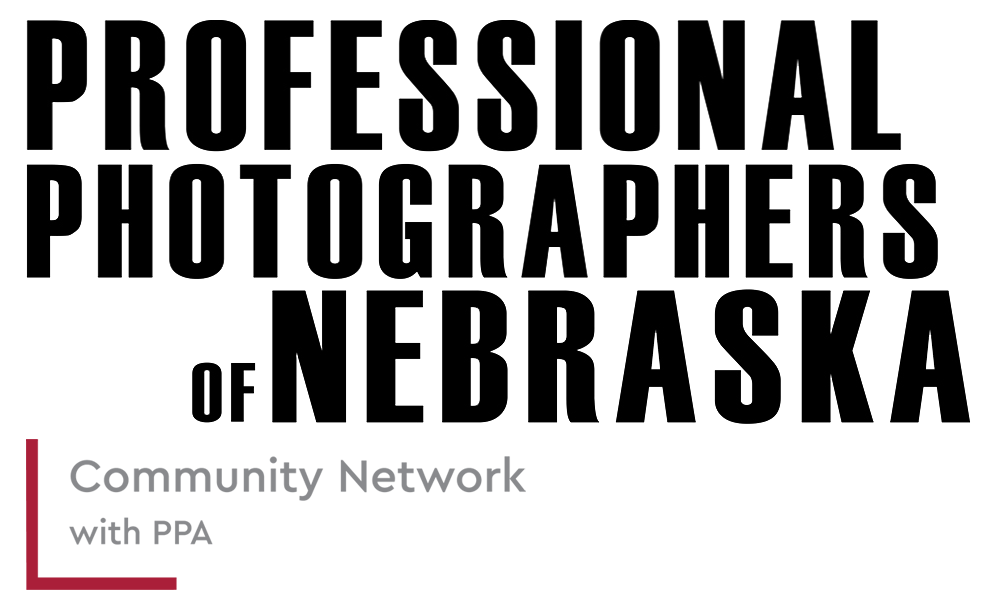 | Connect. grow. learn. |
PRINT COMPETITION INFO
WHY SHOULD I ENTER?
Participating in print competitions gives you the opportunity to:
- Engage with the passionate and supportive photographic competition community
- Improve upon your finest work
- Learn to look at your work subjectively
- Gain invaluable insight and critique from leading photographers
- Earn recognition and admiration from your peers
- As a result, become a better photographer and improve your business
HOW DO I UPLOAD MY IMAGES?
Please log into www.printcompetition.com and register. Then search or look for PPofN (not PPN), select that option and then follow the website prompts.
If you have questions with this process please contact your Print Chair or click on the link below.
Click here to view the current competition's rules and additional Information.
WHAT'S YOUR WORK JUDGED ON?
WE'RE SO GLAD YOU ASKED!
The 12 Elements of a Merit Image
Twelve elements have been defined as necessary for the success of an art piece or image. Any image, art piece, or photograph will reveal some measure of all twelve elements, while a visually superior example will reveal obvious consideration of each one.The judges consider a set of 12 elements that are deemed the “gold standard” to define a merit image. When choosing your images, consider these 12 elements.
1.) Impact is the sense one gets upon viewing an image for the first time. Compelling images evoke laughter, sadness, anger, pride, wonder or another intense emotion. There can be impact in any of these twelve elements.
2.) Technical excellence is the print quality of the image itself as it is presented for viewing. Retouching, manipulation, sharpness, exposure, printing, mounting, and correct color are some items that speak to the qualities of the physical print.
3.) Creativity is the original, fresh, and external expression of the imagination of the maker by using the medium to convey an idea, message or thought.
4.) Style is defined in a number of ways as it applies to a creative image. It might be defined by a specific genre or simply be recognizable as the characteristics of how a specific artist applies light to a subject. It can impact an image in a positive manner when the subject matter and the style are appropriate for each other, or it can have a negative effect when they are at odds.
5.) Composition is important to the design of an image, bringing all of the visual elements together in concert to express the purpose of the image. Proper composition holds the viewer in the image and prompts the viewer to look where the creator intends. Effective composition can be pleasing or disturbing, depending on the intent of the image maker.
6.) Presentation affects an image by giving it a finished look. The mats and borders used, either physical or digital, should support and enhance the image, not distract from it.
7.) Color Balance supplies harmony to an image. An image in which the tones work together, effectively supporting the image, can enhance its emotional appeal. Color balance is not always harmonious and can be used to evoke diverse feelings for effect.
8.) Center of Interest is the point or points on the image where the maker wants the viewer to stop as they view the image. There can be primary and secondary centers of interest. Occasionally there will be no specific center of interest, when the entire scene collectively serves as the center of interest.
9.) Lighting —the use and control of light—refers to how dimension, shape and roundness are defined in an image. Whether the light applied to an image is manmade or natural, proper use of it should enhance an image.
10.) Subject Matter should always be appropriate to the story being told in an image.
11.) Technique is the approach used to create the image. Printing, lighting, posing, capture, presentation media, and more are part of the technique applied to an image.
12.) Story Telling refers to the image’s ability to evoke imagination. One beautiful thing about art is that each viewer might collect his own message or read her own story in an image.
Can I get help with this?
Yes! We are happy to help guide you through this process! Contact our current print chairs: Keith and Holly Howe, 308-530-4736